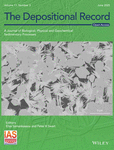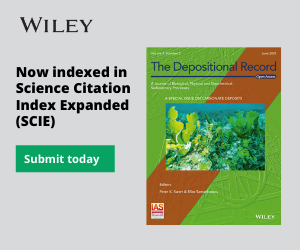Journal list menu
Export Citations
Download PDFs
ISSUE INFORMATION
REVIEW
Two types of modern sediment dispersal systems in the western Taiwan foreland basin: Sediment transfer from basin to basin
- Pages: 790-807
- First Published: 12 March 2025
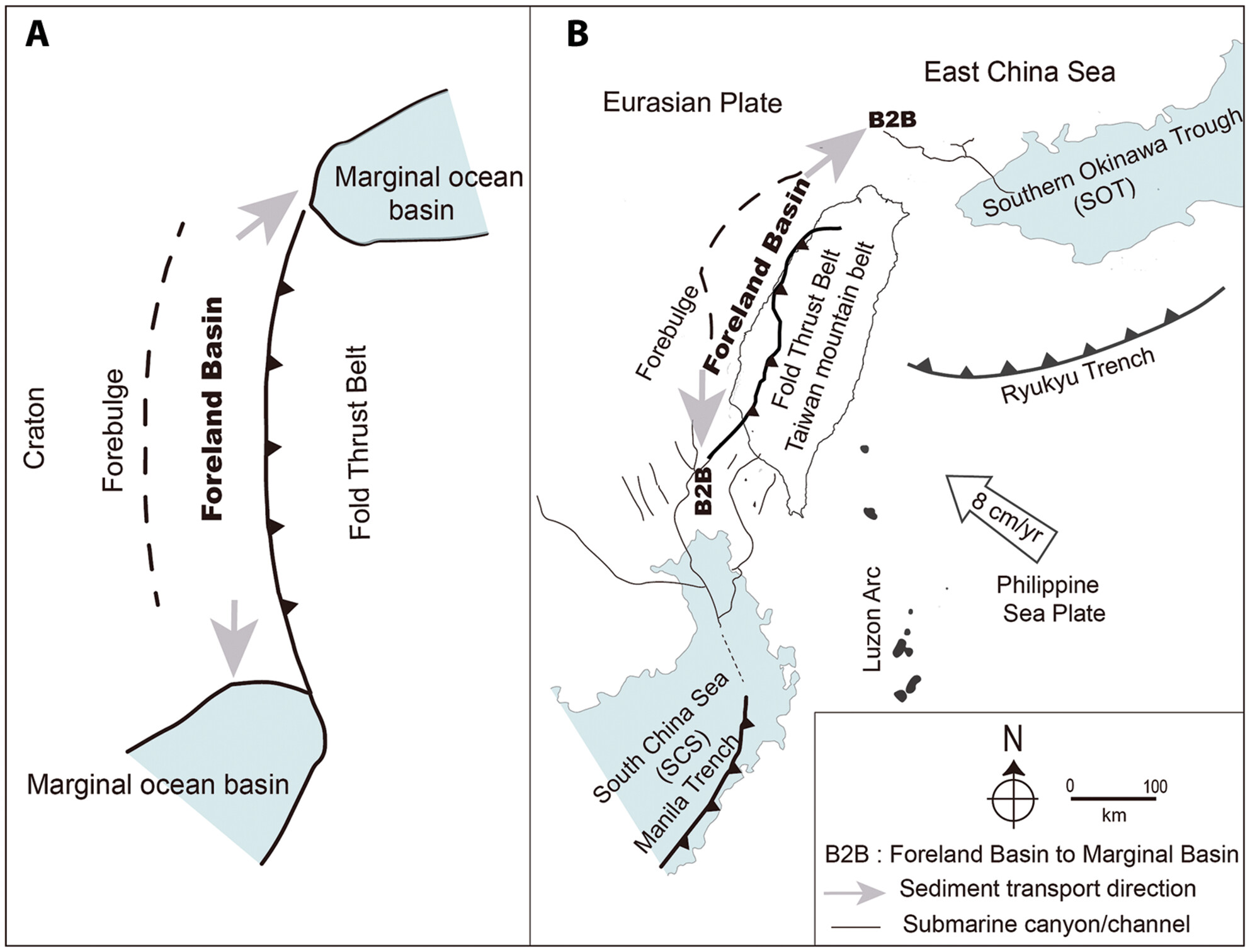
A classical peripheral foreland basin is bounded longitudinally by a pair of marginal ocean basins (DeCelles & Giles, 1996). The WTFB sediments transfer to adjacent marginal ocean basins. The western Taiwan foreland basin (WTFB) is regarded as a classical peripheral foreland basin, longitudinally bounded by the southern Okinawa Trough (SOT) to the north and the South China Sea (SCS) basin to the south, similar to the typical foreland basin setting. In this study, two distinct sediment dispersal systems in the WTFB are presented, with the aim of showing how foreland basin sediments are longitudinally transported to adjacent marginal sea basins.
ORIGINAL ARTICLE
Discovery of Late Holocene-aged Acropora palmata reefs in Dry Tortugas National Park, Florida, USA: The past as a key to the future?
- Pages: 808-828
- First Published: 22 April 2025
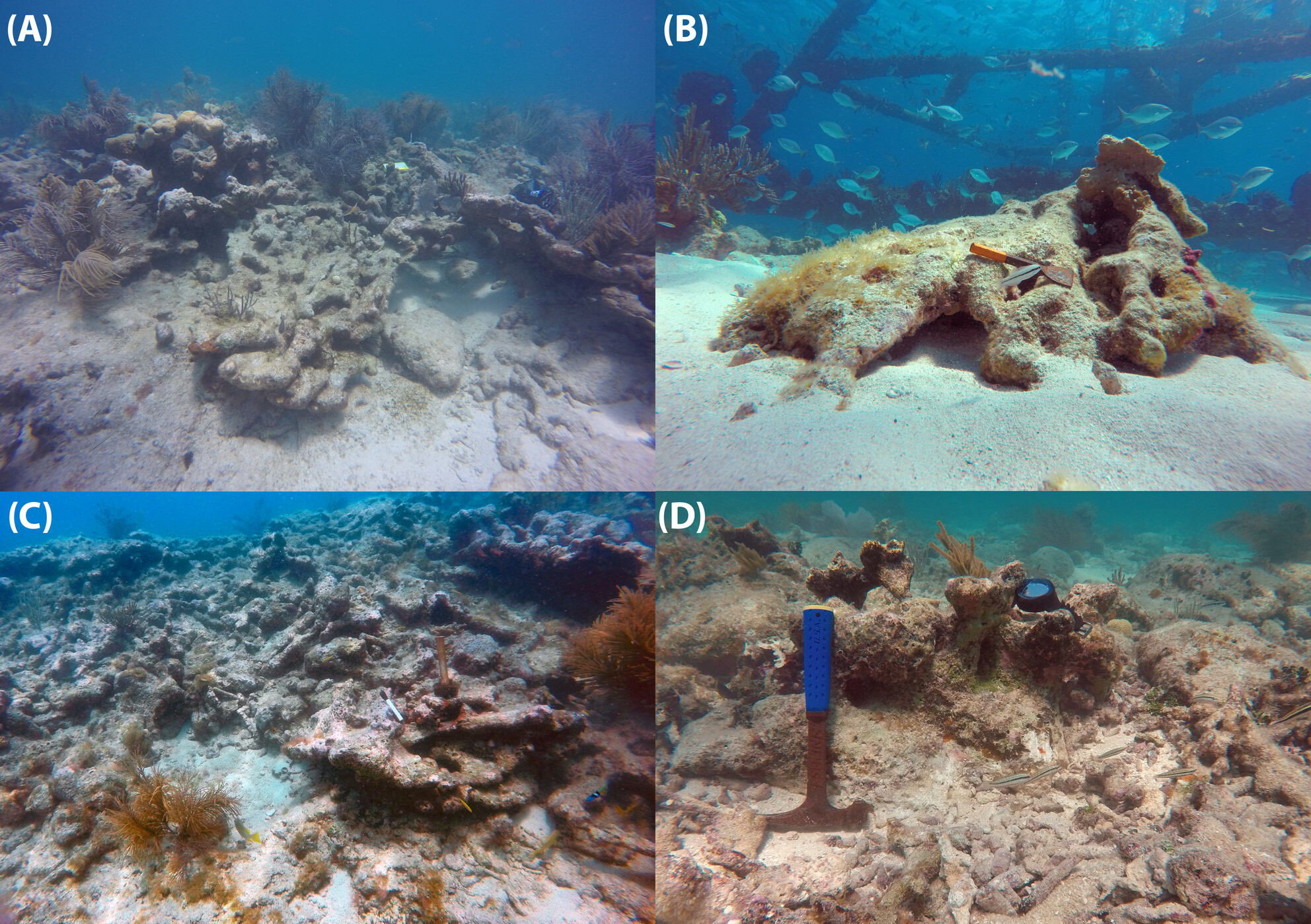
Emblematic of global coral-reef ecosystem decline, the coral ecosystem-engineer Acropora palmata is now rare throughout much of the western Atlantic. We report for the first time, a significant record of late-Holocene A. palmata populations that existed from ~4500 to 375 years before present in the Dry Tortugas, FL, USA. We posit these Late Holocene reefs formed during intervals of more favourable and stable climate compared to recent centuries and discuss implications for the future of the species.
The role of refluxing deep hypersaline brines and evaporite precipitation dynamics in the Castile Formation and marginal carbonate strata (Delaware Basin, USA)
- Pages: 829-856
- First Published: 12 March 2025
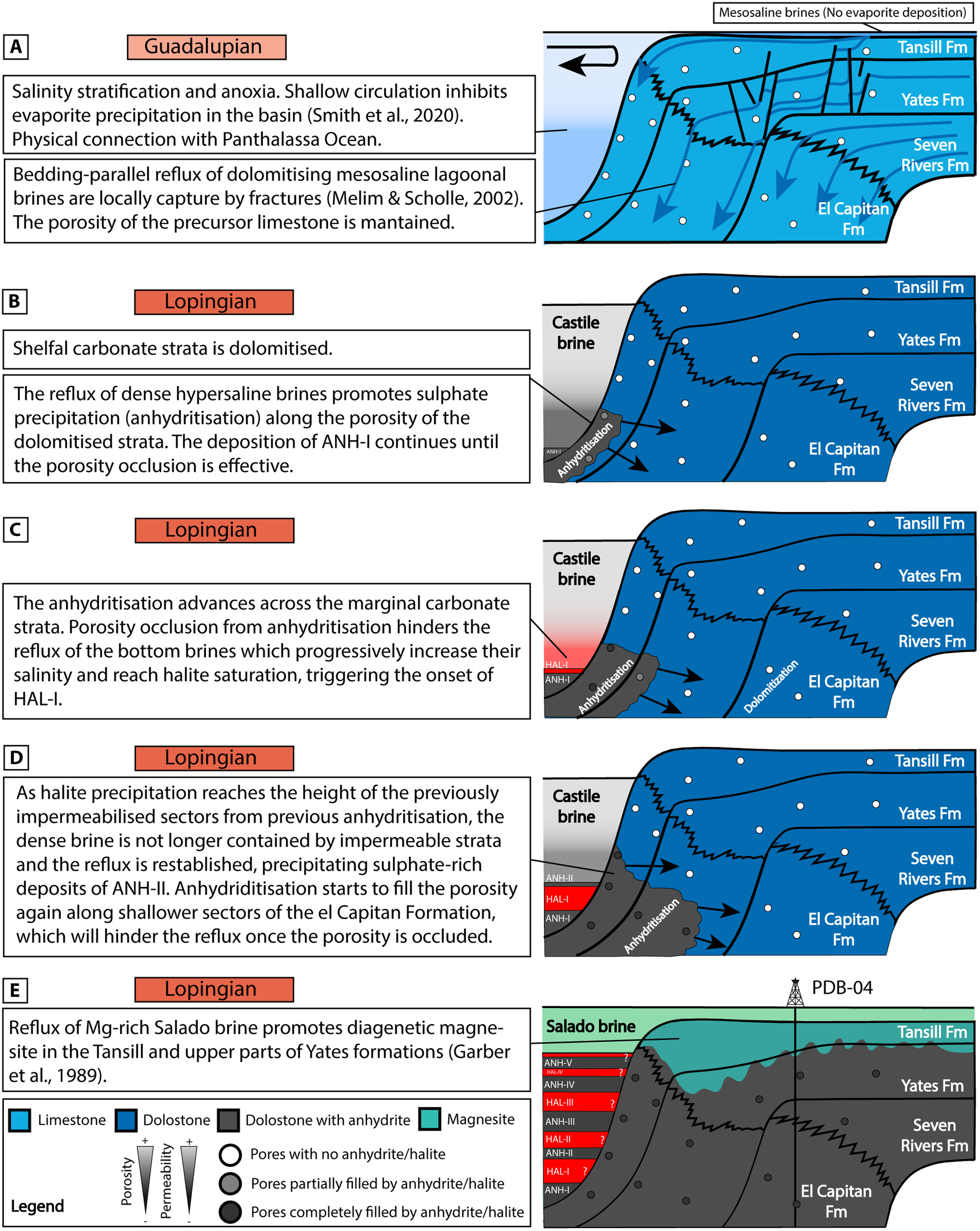
The Upper Permian Castile Formation of the Delaware Basin, a 515.3 m (1690.6 ft) thick deep-water evaporitic sequence dominated by anhydrite and halite, is the focus of this study. This study's sedimentological and geochemical analysis of cores from the basin's centre and margin reveals that dynamic reflux of deep hypersaline brines significantly influences sedimentary and diagenetic processes within the basin and its margins.
Lacustrine and fan-delta sediments in syn-rift lake basins
- Pages: 857-892
- First Published: 29 March 2025
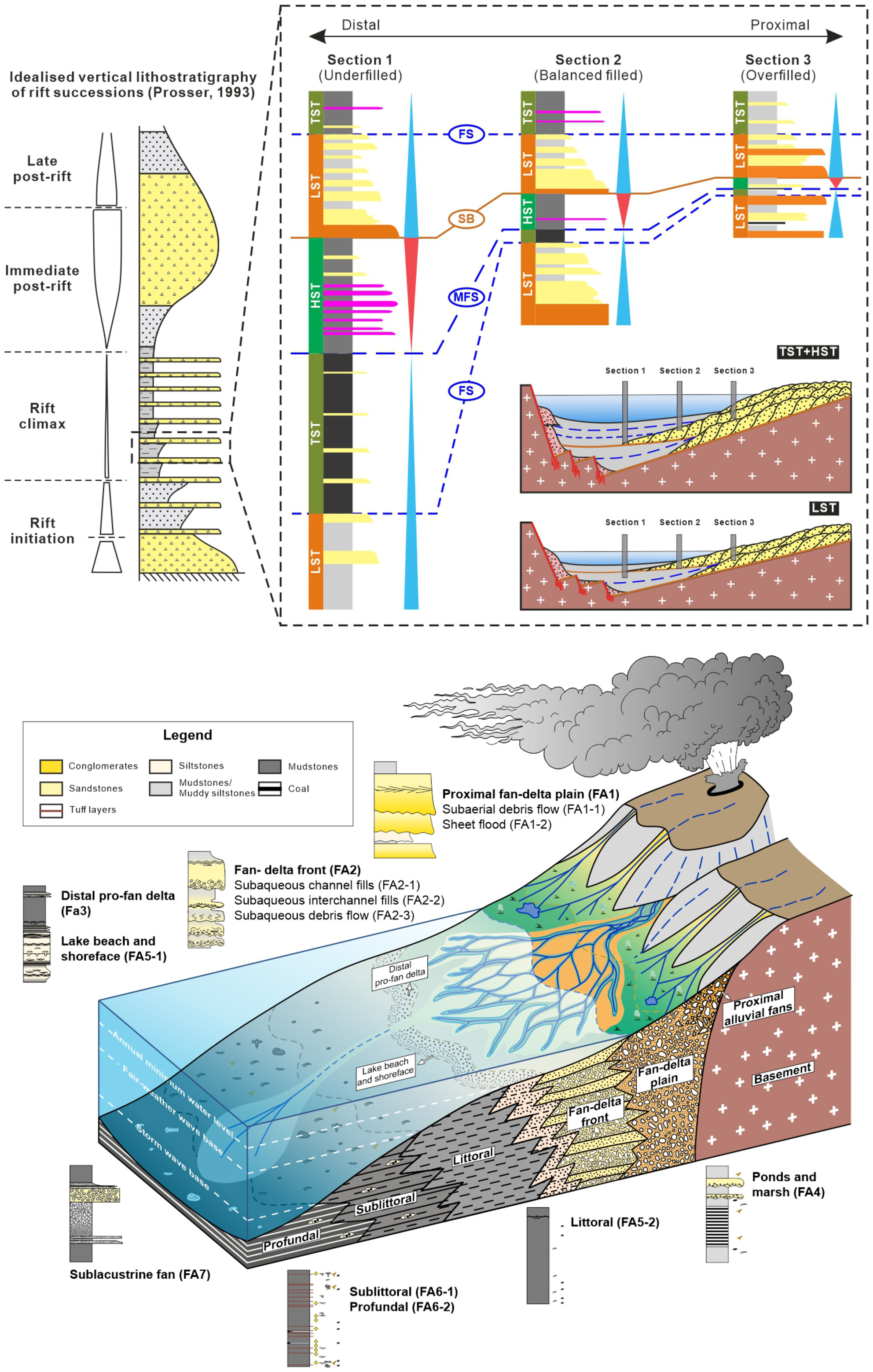
A consistent model for the sequence framework and depositional pattern of asymmetric half-grabens in syn-rift lake basins bounded by active faults has been established, complementing existing models for marine rift successions. Syn-rift lake basins are characterised by relatively small dimensions, steep slopes, poorly developed shoreline strata dominated by siliciclastics and significant input of allochthonous biogenic detritus.
Shifting baselines of coral-reef species composition from the Late Pleistocene to the present in the Florida Keys
- Pages: 893-916
- First Published: 13 May 2025
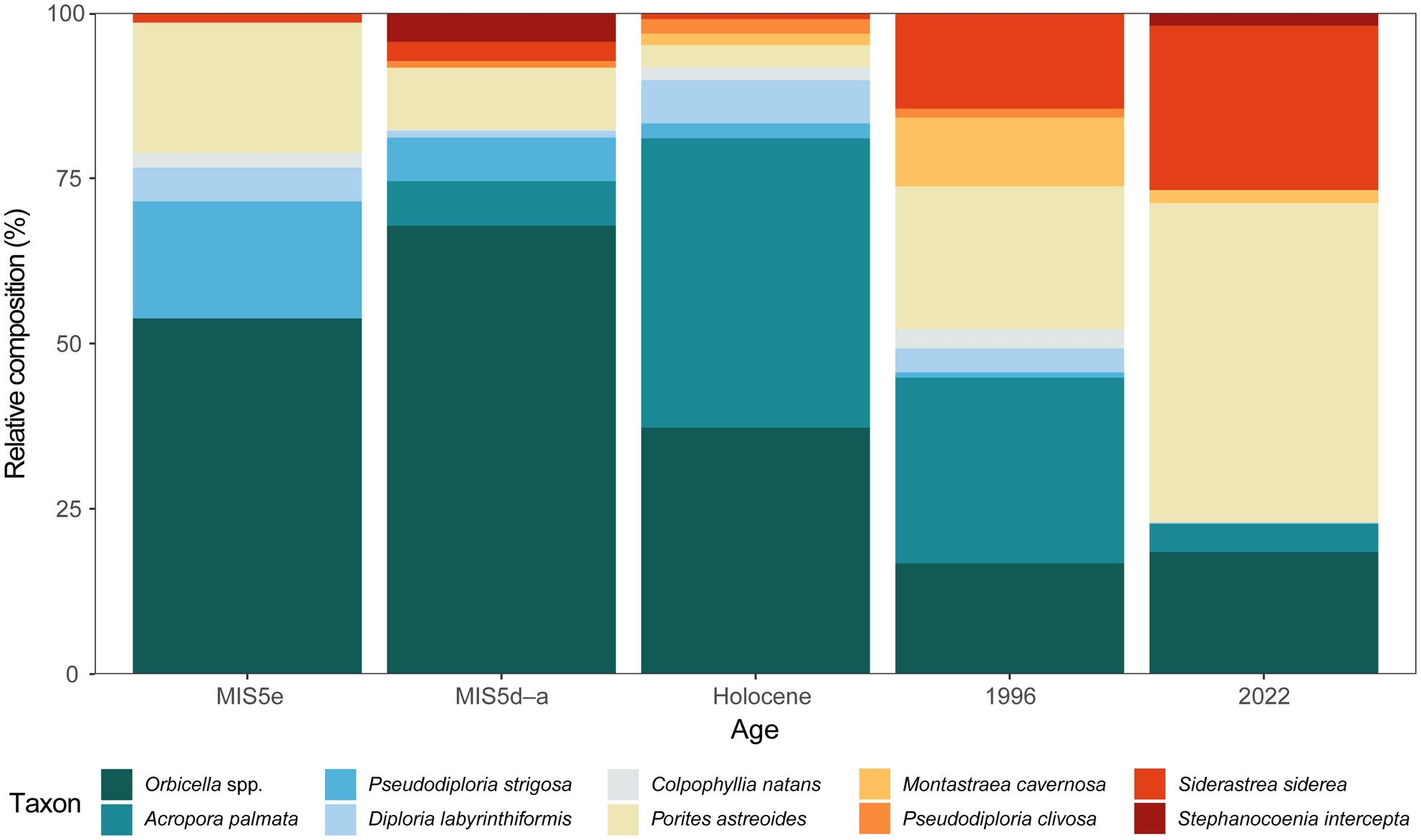
We produced the first reconstruction of the coral species composition of MIS5d–a reefs in the Florida Keys and compared it with existing regional records from MIS5e, the Holocene, the recent past (1996) and the present (2022) to evaluate how Florida's reefs changed throughout the late Quaternary. We show that in contrast to the compositional stability of most late Quaternary reefs globally, Florida's reef assemblages varied significantly both across millennial timescales and in the recent past. Acropora palmata was rare during both MIS5e and MIS5d–a, probably due to the persistent marginality of Florida's reef environments; yet, modern reef assemblages are nonetheless novel compared with long-term geological baselines.
Geochemical evaluation of black limestones in the Early Cretaceous platform carbonates of Gümüşhane (NE Turkey): An insight into petroleum source rock potential and palaeoenvironment conditions
- Pages: 917-953
- First Published: 19 May 2025
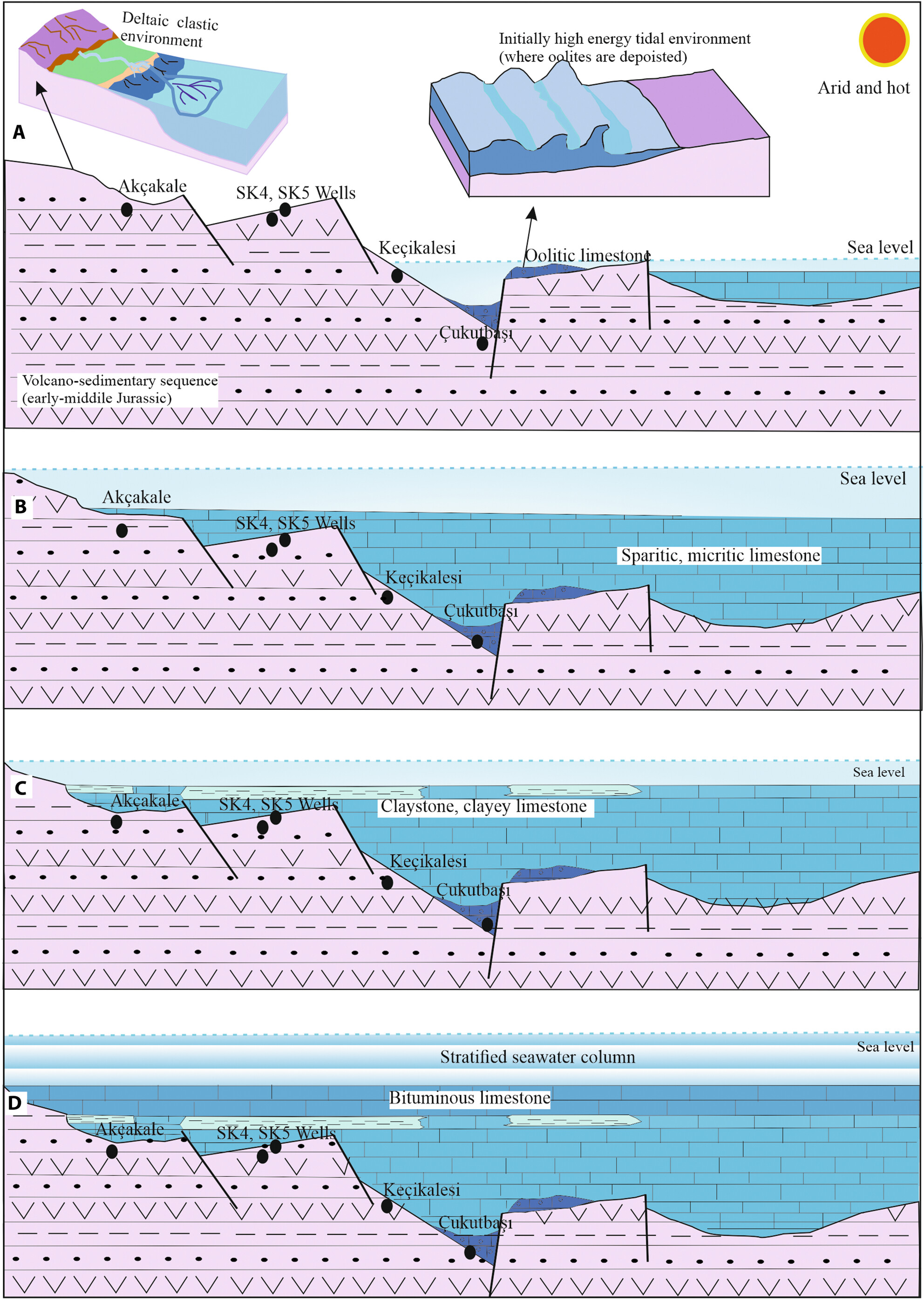
Some layers of limestone produce some hydrocarbons, and these hydrocarbons are removed from the fractures and cracks of the rock. The organic matter (OM) contained in the limestone is a mixture of terrestrial and marine OM and is thermally immature and mature. The studied limestones were deposited in a terrestrial–marine (transitional) environment in saline water and a dry–hot climate, under oxic, suboxic to anoxic conditions.
Nature, origin and significance of a clayey cave deposit: Relationship between karst and Oligocene/Miocene tephra (NW Dinarides)
- Pages: 954-974
- First Published: 29 March 2025
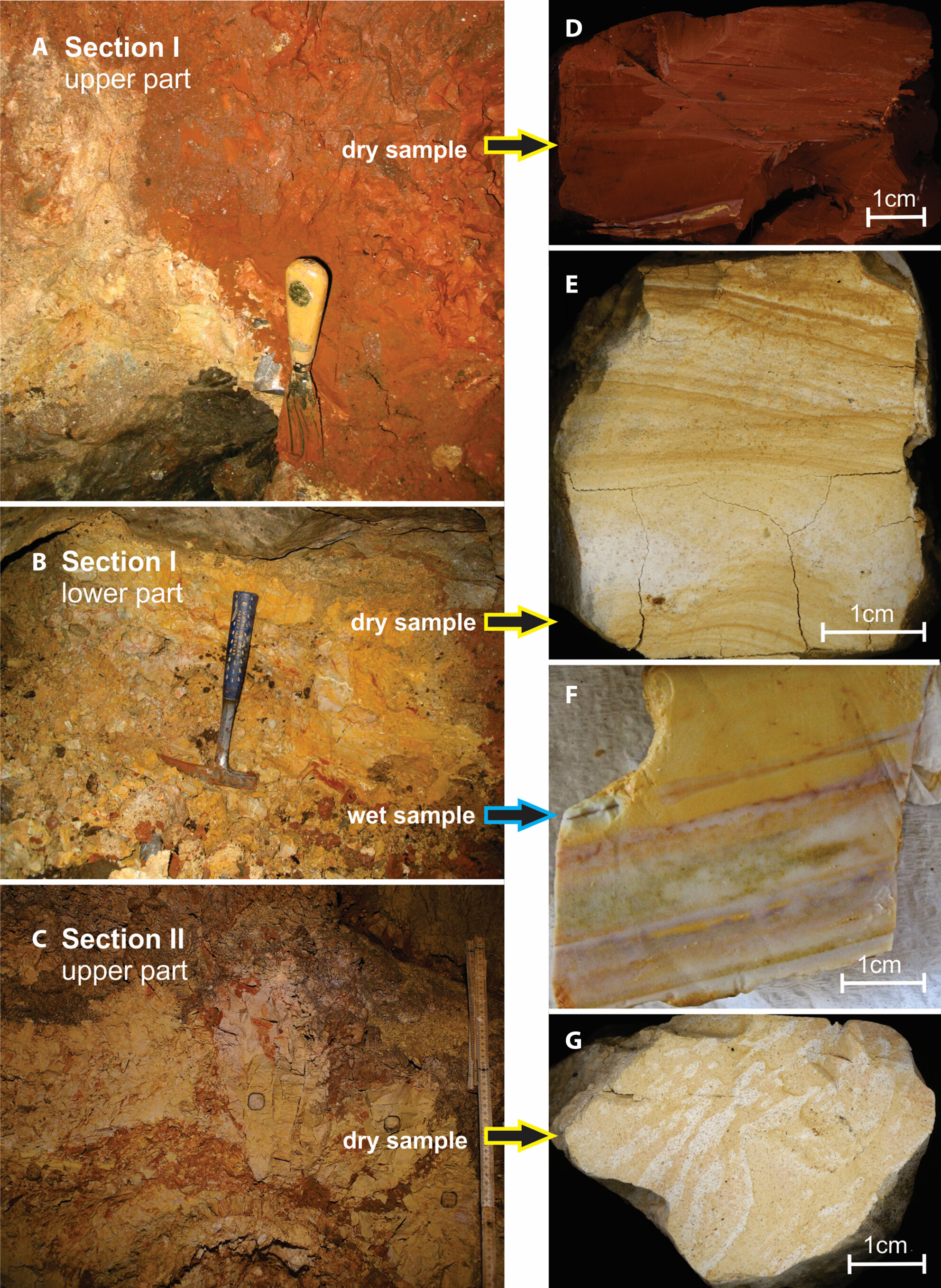
A limestone cave in the NW Dinarides exhibits an anomalous presence of montmorillonite clay, not commonly found in surrounding caves, posing questions about its origin and age. Analysis reveals a composition similar to weathered tephra from the Smrekovec Volcanic Complex, suggesting transport by north-east winds. Dating methods align with the volcanic activity timeline of the region, shedding light on the karst landscape's evolution since the Late Oligocene.
The first 25 years of satellite carbonate sedimentology: What have we learned?
- Pages: 975-997
- First Published: 22 April 2025
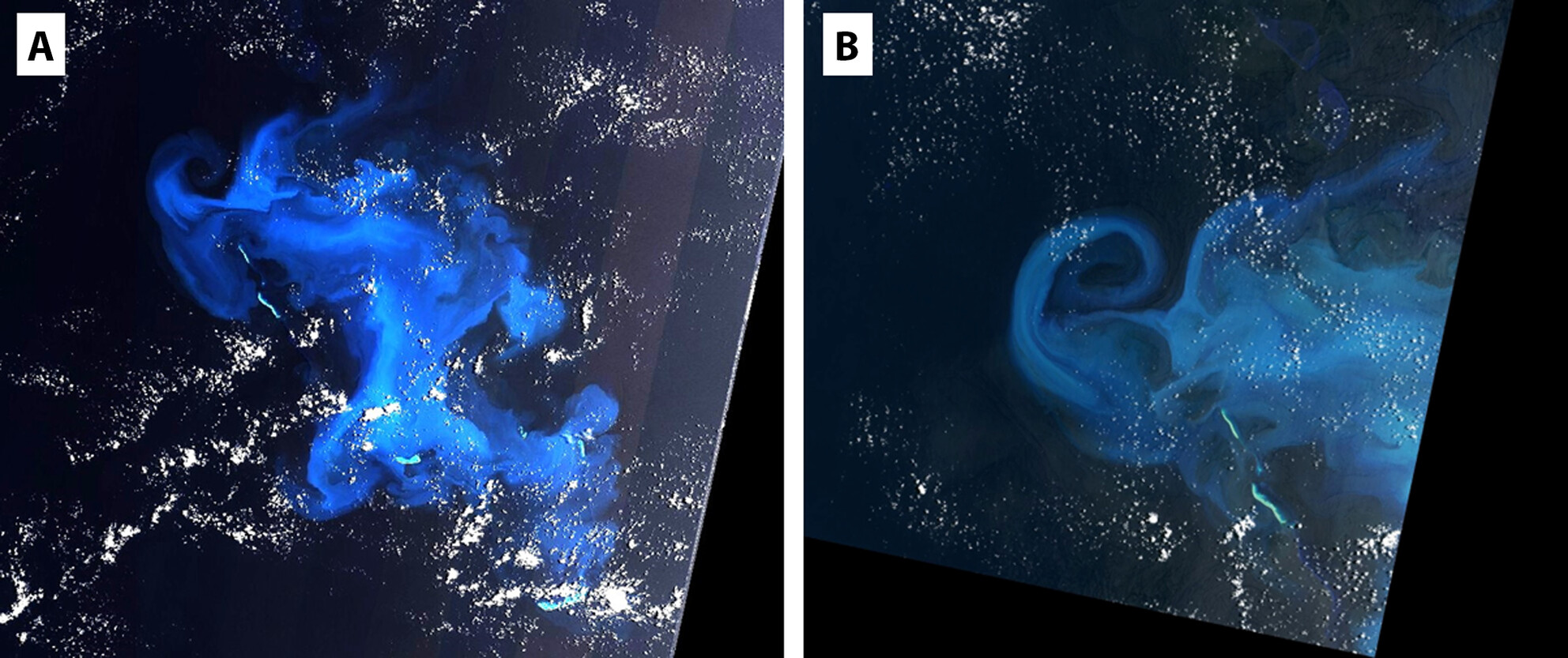
Observations of the suspension and transport of carbonate sediments from reefs, banks and shallow shelves have been made by satellite instruments for ca 25 years. With an increasing number of instruments in space, providing advanced observational capabilities, remarkable insights have been gained concerning carbonate sedimentological processes. Details of several observed events, and prospects for future investigations, are described.
COMMENTARY
Gomes et al. (2024) Early diagenetic evolution based on petrography and stable isotope analysis in the Barra Velha formation of the Brazilian Pre-Salt, The Depositional Record
- Pages: 998-1001
- First Published: 07 April 2025
SHORT COMMUNICATION
Reply to the discussion and comments of Pestilho, A.L.S. and Mors, R.A. (2025) on the paper by Gomes et al. (2024). Early diagenetic evolution based on petrography and stable isotope analysis in the Barra Velha Formation of the Brazilian Pre-salt. The Depositional Record, 1–25. https://doi.org/10.1002/dep2.288
- Pages: 1002-1006
- First Published: 24 March 2025




